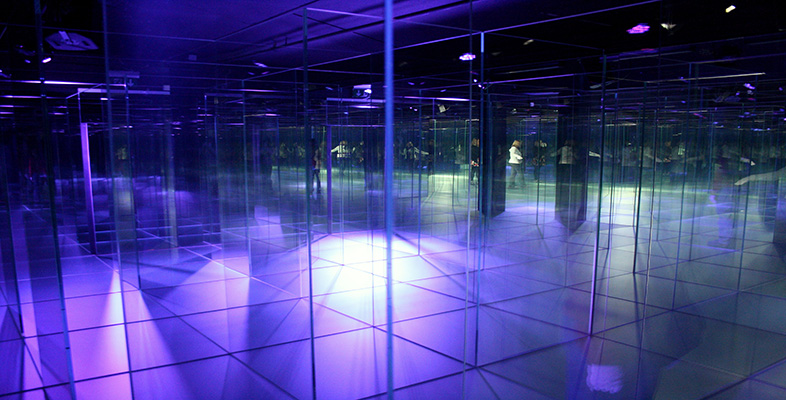7.2.3 Trap 3: interpretation, structure, and analysis
If you deliberately impose an interpretation or analysis on your picture, you preclude the possibility of seeing other, potentially more interesting, features later. Remember the rich picture is a representation of the complexity. If you structure that complexity, you are no longer representing it as you experience it. You also lose the possibility of using the drawing process itself as a means of encountering the complexity in all its fullness.
The trap takes a number of forms. Beware of representing events in their chronological sequence, either explicitly or implicitly. Also, organisational structure may take over and become the structure of the whole picture. Elements of other diagram forms may creep in. (Systems maps and influence diagrams can be quite a temptation.) Watch out for the temptations you are susceptible to. Artistic abilities, if you have them, can represent their own temptations – they too can be a part of the structuring trap.
It may be inevitable that interpretations suggest themselves as you draw. Stop yourself thinking ‘this is really about …’ One way of stopping this is to jot the idea down somewhere – not on your picture – in the form of a question. Once you've written it down, the idea is much less likely to keep popping up as if it were trying to ensure you won't forget it.
So, the check for avoiding this trap is to ask:
Is this rich picture telling just one story or is it rich enough to suggest lots of stories about what's going on?
